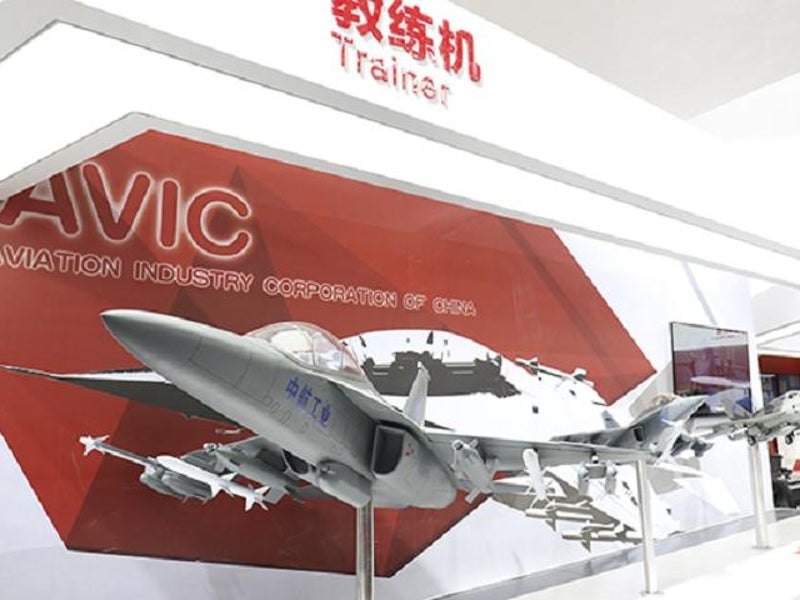
Hongdu L-15B is a new twin-seat combat trainer aircraft developed by Hongdu Aviation Industry Group (HAIG), part of China Aviation Industry Corporation (AVIC), for the People’s Liberation Army Air Force (PLAAF). It is an advanced variant of the L-15 supersonic trainer / light attack aircraft.
HAIG displayed a mock-up of the L-15B trainer at Zhuhai Airshow held in November 2016. The trainer was unveiled by HAIG at its headquarters in Nanchang, China, in May.
The combat trainer can perform advanced training, lead-in fighter training (LIFT), air defence and air-to-ground attack missions.
Hongdu L-15B design and features
The L-15B combat trainer features a blended wing-body configuration and medium-aspect ratio wings with extended leading edges for enhanced aerodynamic performance. The empennage includes a single vertical tail and a full motion horizontal tail.
The aircraft is fitted with a retractable tricycle landing gear, including a single nose wheel unit and two main wheel units. The L-15B trainer is 12.4m-long and 4.7m-high, and has a wingspan of 9.4m and maximum take-off weight of 11.6t.
With a design service life of 10,000 hours, the trainer aircraft offers superior flight performance and safety, broad operation envelope and high cost-efficiency ratio.
Cockpit and avionics
The advanced glass cockpit of the aircraft features head-up display for the front cockpit, multi-colour head-down displays for the front and rear pilot stations, and hands-on-throttle-and-stick (HOTAS) flight controls. It accommodates two crew members, including a student pilot in the front seat and an instructor at the rear in tandem layout.
The modern cockpit is covered by a large glass canopy and offers space, comfort and superior all-round field of vision for the pilots. The aircraft is also equipped with a three-axis digital fly-by wire system, which allows the pilots to simulate the flight characteristics of some of the most modern fighter jets.
The extended nose section of L-15B differentiates it from the L-15 trainer. The nose section houses a passive electronically scanned array (PESA) radar. The X-band PESA radar can guide air-to-air and air-to-ground missiles to a maximum range of 111km.
The trainer integrates a radar warning receiver (RWR) on the vertical stabiliser. The nose also features fin antennae for an identification friend or foe (IFF) system. The L-15B can also be equipped with dedicated electronic warfare jamming pods.
The advanced avionics aboard the JL-15B ensure the student pilots to handle the complex digital cockpits on modern Chinese fighters.
Armament aboard Hongdu L-15B
The aircraft can carry a weapon load of 3,500kg across nine hard-points. Each wing holds three hard-points, while each wing tip accommodates a single hard-point. The under-fuselage of the aircraft also holds a hard-point for weapons carriage.
The L-15B can be armed with a range of weapon systems such as the PL-10 infrared-homing, short-range, air-to-air missiles, PL-12 active, radar-guided, beyond visual-range, air-to-air missiles, and PL-8 infrared-guided, short-range, air-to-air missiles, as well as LT-2 laser and LS-6 precision-guided bombs.
Engines and performance
The L-15B combat trainer is powered by two Ivchenko Progress AI-222-25F turbofan engines with afterburner. The engines are equipped with a full-authority digital engine control (FADEC) system.
The power-plant provides a maximum speed of Mach 1.4 and an operational range of 2,600km, which can be further extended with the integration of fuel drop tanks.






